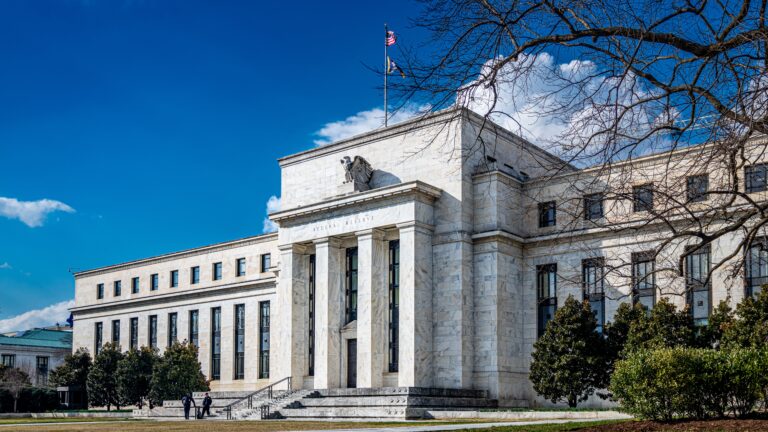
Changes Are Coming to Money Funds
As a treasurer or a CFO, what would your reaction be if you were presented with the following description of a cash investment option? It’s a structured fixed income product sold as equity without a stated maturity date. It makes no commitment to daily liquidity, nor does it guarantee principal protection and it pays a dividend instead of interest income.
The product described is, of course, a money market fund. While the institutional money fund has been beneficial to the treasury community as a cash management instrument, investors’ preconceptions of its perceived safety and liquidity may have hindered their ability to seriously assess all the potential risks. The Reserve Primary Fund’s exposure to Lehman Brothers and subsequent fund industry developments brought to bear many old (and some new) issues among fund managers, regulators and investors. As cash management professionals, we undoubtedly need to address these issues in the context of treasury management and be prepared for potential changes coming our way.
Taking a Lesson from the Past
It’s often said that the best remedy for a problem is prevention and the next best thing is to learn from the past. Discerning what went wrong may help us understand what remedies may be on their way to address money fund issues.
Judging from the magnitude of the initial investor flight from prime funds, the widespread credit support from fund sponsors, and the unprecedented Treasury fund guarantee program, it is difficult to label the fund industry as being “healthy” and dismiss the runs on the Reserve Primary as “one off” events. In our opinion, the sudden and severe investor migration away from the prime funds was inevitable because of the endogenous credit and liquidity issues within the money fund industry. In other words, “breaking the buck” could have happened to a number of fund families besides the Reserve.
Aside from certain facts such as an extended period of low interest rates and the exuberant borrowing and lending in the housing market, lax credit standards and the competitive frenzy to grow fund assets among major fund families may have directly contributed to riskier securities in money fund portfolios. For example, some credit analysts approved structured investment vehicles (SIVs) and subprime mortgage securities against their own private convictions. Motivated by yield, some portfolio managers even invested in questionable securities that circumvented the SEC’s ratings-driven formulaic 2a-7 rules such as Structured Investment Vehicles (SIVs) and mortgage conduits. For a time between 2006 and 2007, the industry was in the midst of a “how low can you go” fee-waiver contest to lure investors away from competitors, which encouraged frequent fund switching.
DOWNLOAD FULL REPORT
Our research is for personal, non-commercial use only. You may not copy, distribute or modify content contained on this Website without prior written authorization from Capital Advisors Group. By viewing this Website and/or downloading its content, you agree to the Terms of Use.
Please click here for disclosure information: Our research is for personal, non-commercial use only. You may not copy, distribute or modify content contained on this Website without prior written authorization from Capital Advisors Group. By viewing this Website and/or downloading its content, you agree to the Terms of Use & Privacy Policy.

